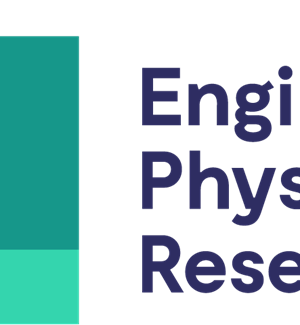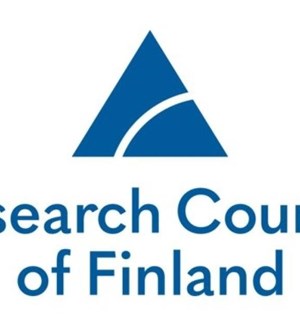- Aqua Tt Uetp Company Limited By Guarantee - Ireland,
- Agencia Estatal Consejo Superior De Investigaciones Cientificas - Spain,
- National Research Council (Consiglio Nazionale delle Ricerche, CNR) - Italy,
- Metrohm DropSens SL - Spain,
- Dublin City University (DCU) - Ireland,
- Ss. Cyril and Methodius University in Skopje - North Macedonia,
- Fundacion Privada Per La Navegacio Oceanica Barcelona - Spain,
- Idronaut S.R.L. - Italy,
- Instytut Oceanologii Polskiej Akademii Nauk (IO PAN) - Poland,
- University College Cork - Ireland,
- Simulacions Òptiques SL - Spain,
- SubCtech GmbH - Germany,
- T.E. Laboratories Limited - Ireland,
- Food and Environment Research Agency - United Kingdom
The COMMON SENSE project will contribute to support the implementation of the Marine Strategy Framework Directive (MSFD) and other EU policies (e.g. Common Fisheries Policy), providing easily usable across several platforms, cost-effective, multi-functional innovative sensors to detect reliable in-situ measurements on key parameters by means of methodological standards. This proposal will focus, by means of a multidisciplinary and well-balanced consortium on eutrophication, contaminants, marine litter and underwater noise descriptors of the MSFD. This proposal will first provide a general understanding and integrated basis for sensors cost effective development (WP1 and WP2). Within the following WPs (5-8) the project will design and develop new generation sensors focused on the detection of: (1) nutrient analytes by utilising well-established colorimetric chemistries for phosphate, ammonia, nitrate and nitrite (2) low concentrations of heavy metals (Pb, Hg Cd, Zn and Cu), (3) surface concentration of microplastics (4) underwater noise by means of a bespoke acoustic sensor pod. These sensors, developed onto modular systems, will be integrated into multifunctional packages (WP4). Innovative transversal sensors (e.g. temperature, pressure, pH and pCO2) will be also integrated to provide the variables with a comprehensive reference frame. The Common Sensor Web Platform will be created (WP3) aiming at bringing a more sophisticated view of the environment implementing the sensor web enablement standards but optimising e.g. data acquisition, access and interoperability. The sensors developed will be interoperable with existing and new observing systems and they will also be field tested (WP9) by means of different platforms (e.g. research vessels, racing yachts, buoys). Dissemination and exploitation activities (WP10) will enable to transfer knowledge and technology resulting from the project to be used with commercial, scientific, conservational and strategic purposes.
Want to analyze based on this project via our analysis tool? Analyze this project
Knowledge Gaps
Monitoring exposure methods
Monitoring and detection equipment
Environmental effects and ecotoxicity
Environmental risk assessment (ERA)
Bioaccumulation, bioconcentration and persistence
Publications


